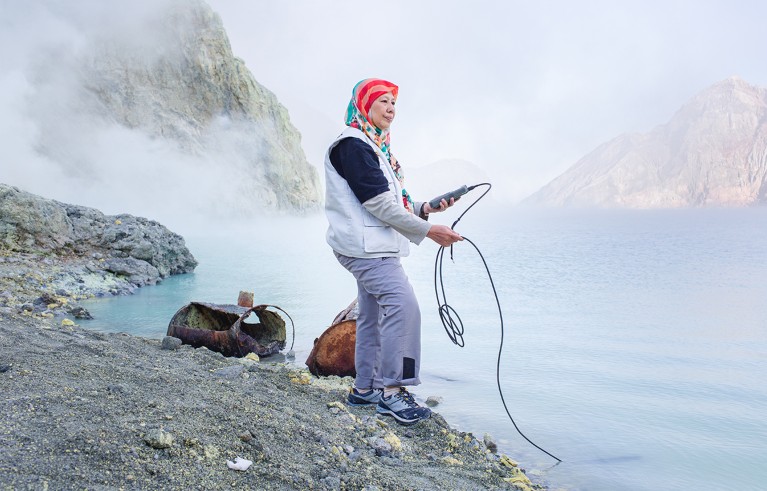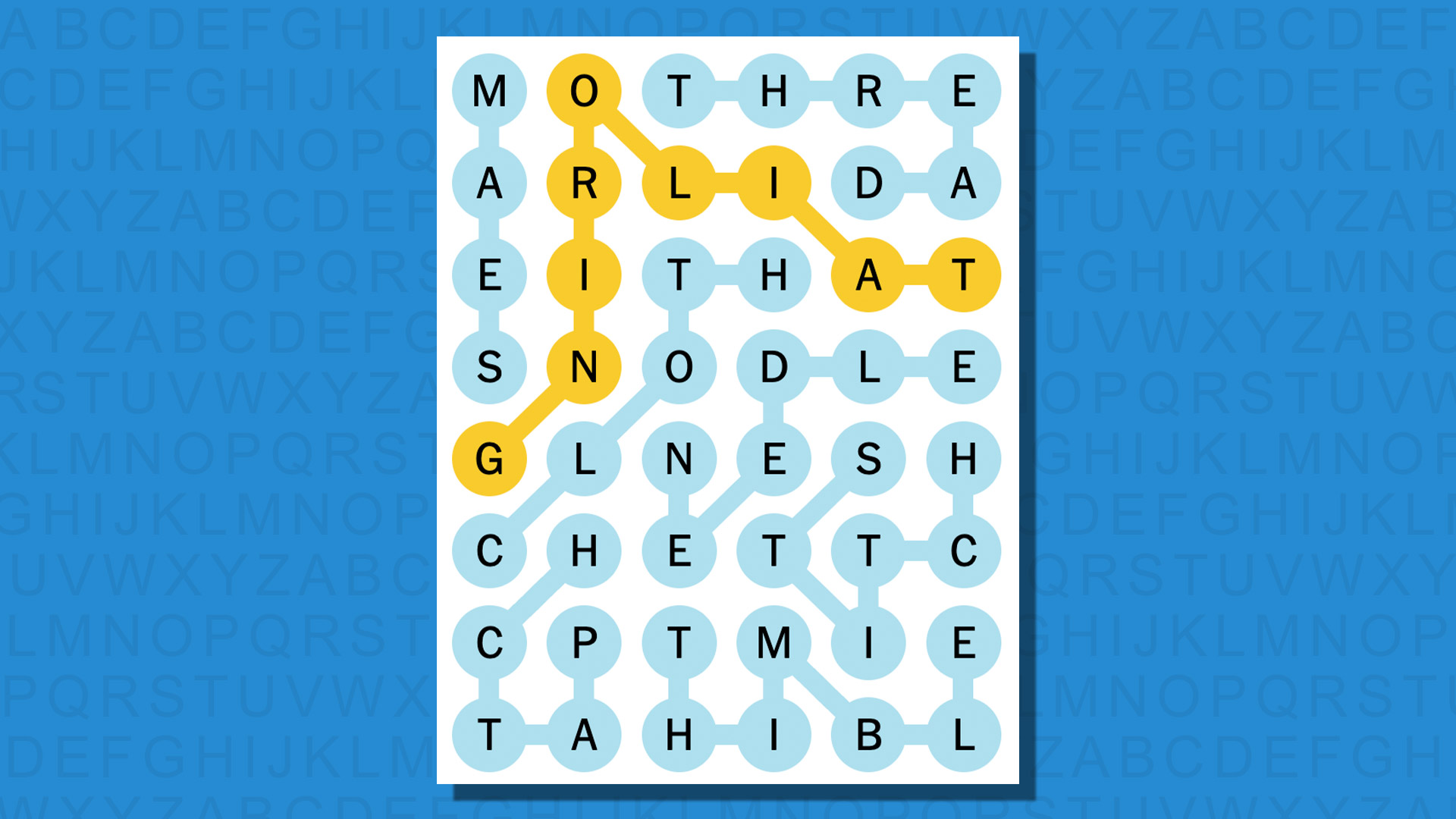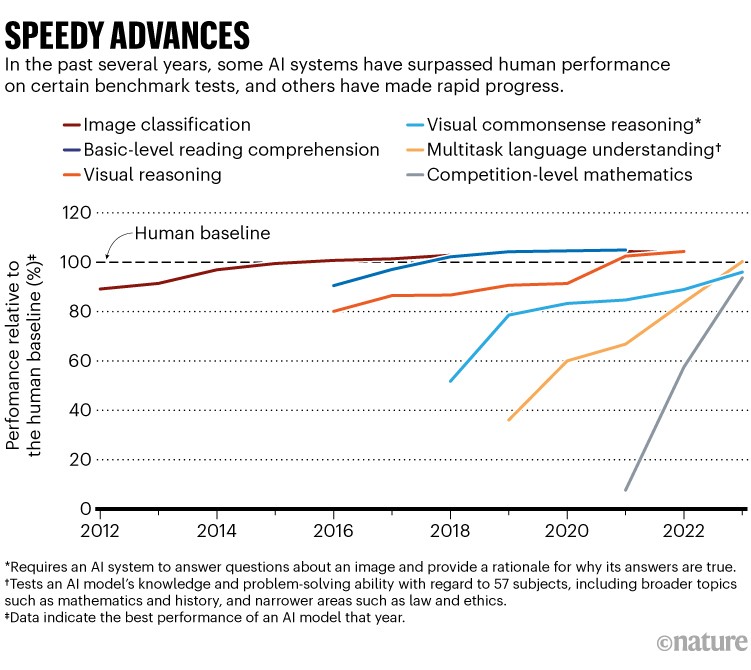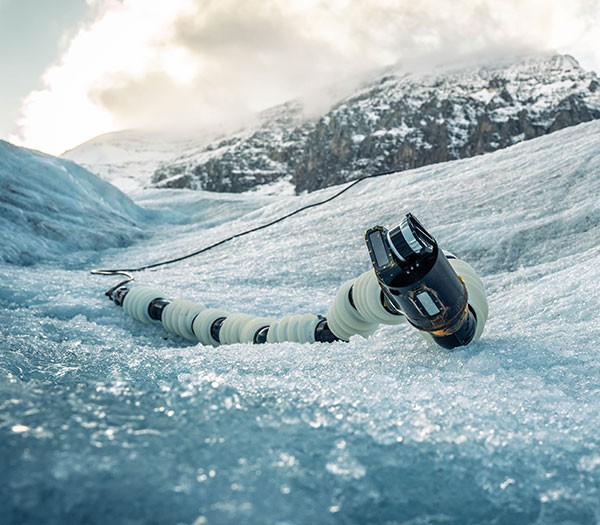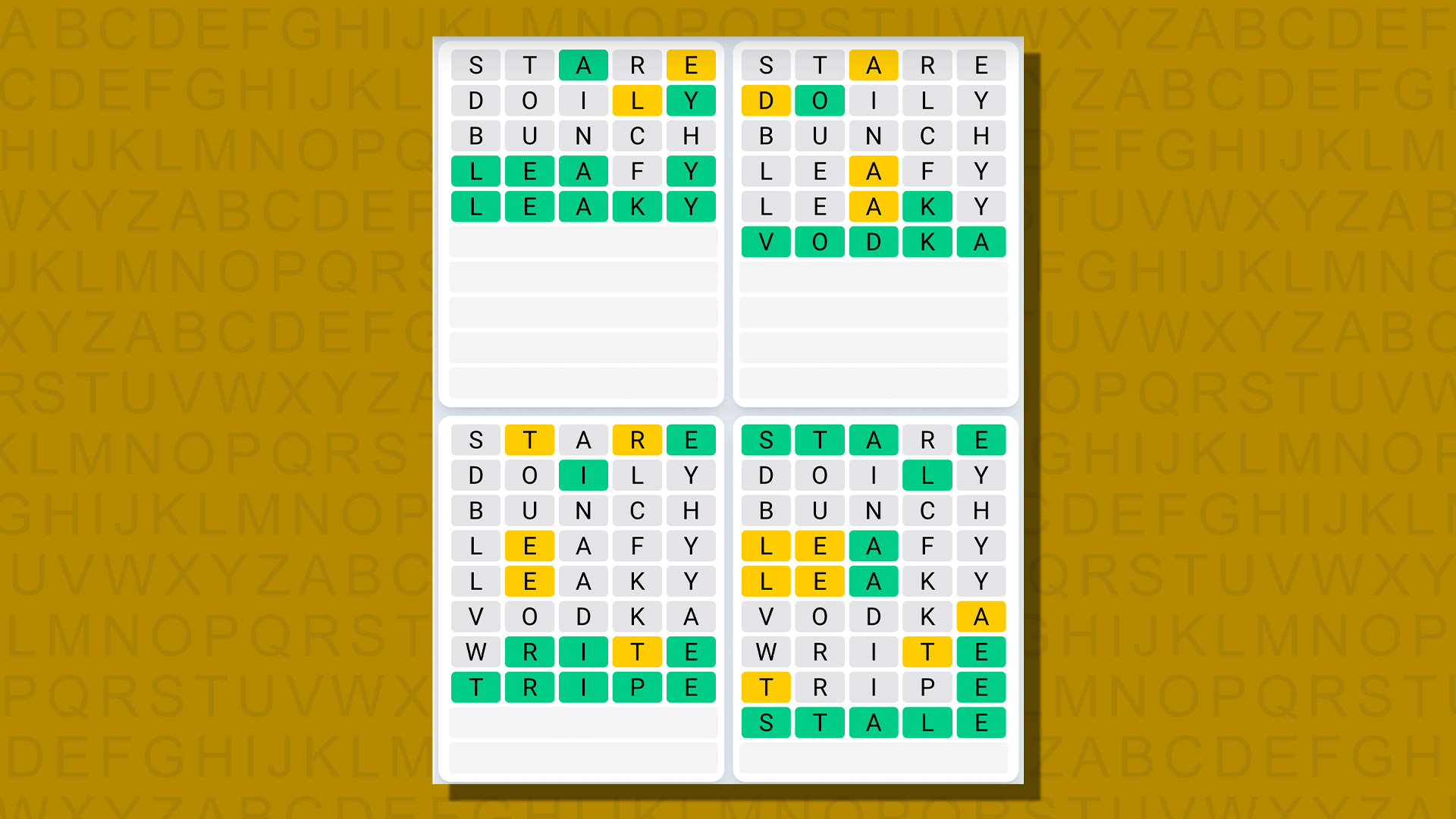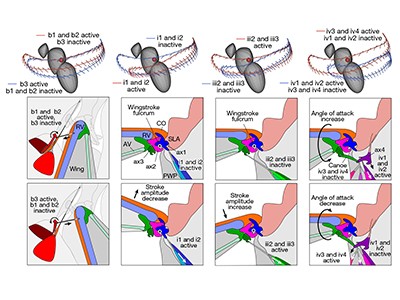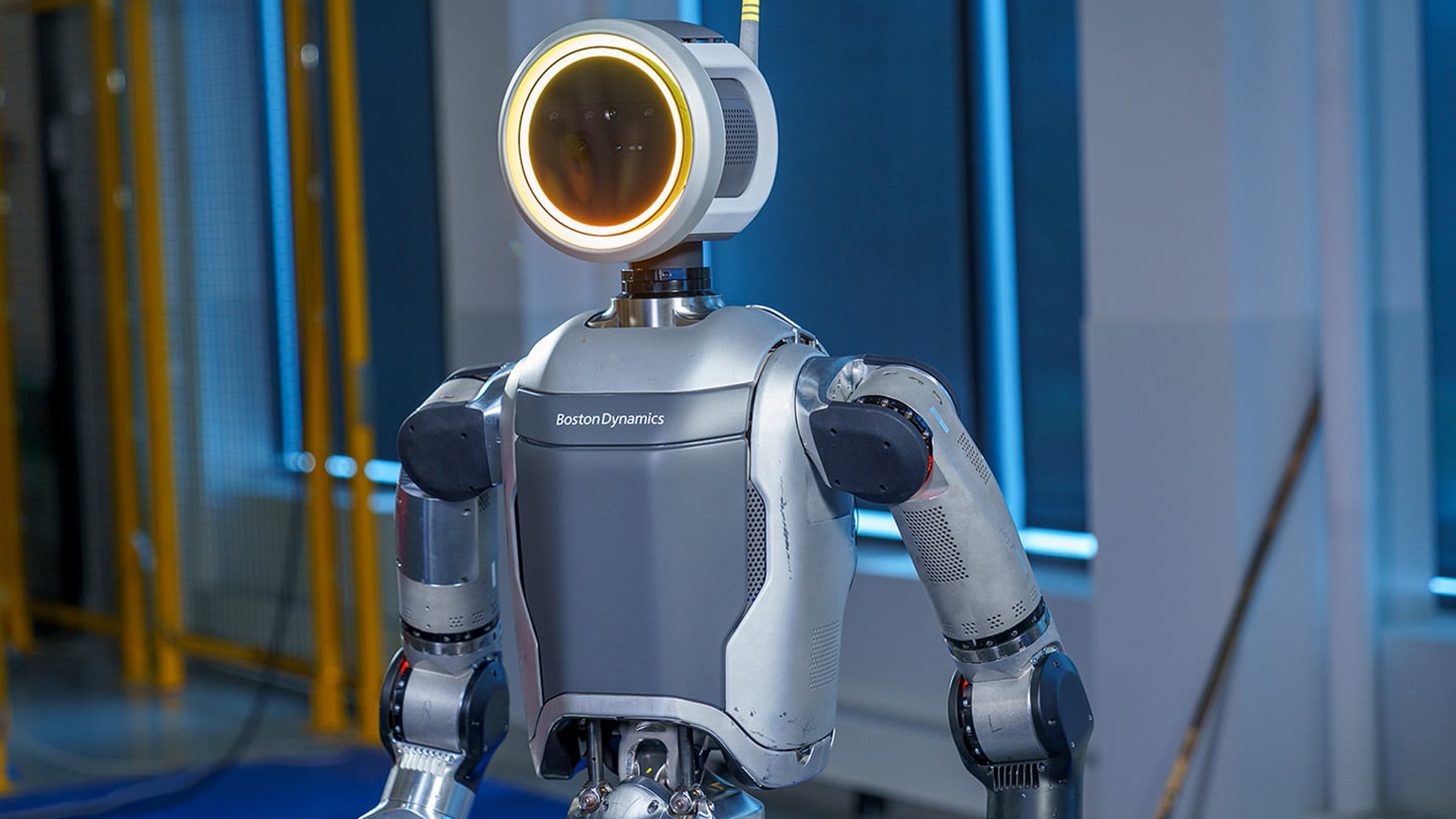[ad_1]
Following news that Meta’s Quest 3’s getting some big mixed reality upgrades including an AI that can recognize furniture and improved passthrough quality, there’s yet another improvement on the way this time for one of my favorite Quest apps: YouTube.
That’s because the VR version of the video-sharing platform now supports 8K video playback on Quest 3 – up from the previous max of 4K.
To turn it on make sure you’re running YouTube VR app version 1.54 or later, then boot up a video that supports 8K, tap on the gear icon, and where it says Quality you want to change the resolution to 4320p – or 4320p60 if you want 8K at 60fps instead of the usual 30fps. If 4320p isn’t an option in this list unfortunately the video you want to watch isn’t streaming in 8K.
There are a few extra caveats. First, you’ll want a strong internet connection, because even if the video supports 8K playback you’ll struggle to stream it over weak WiFi – unless you like waiting for it to buffer. Oh, and one other important detail; the Quest 3 doesn’t have 8K displays. But that’s not as big a problem as it might seem.
Method in the 8K madness
The Quest 3 has two displays (one for each eye) that boast 2,064 x 2,208 pixels each; 8K resolution is 7,680 × 4,320 pixels. Even if we combine the two displays they still boast only just over 25% as many pixels as an 8K display.
So is 8K streaming pointless? Well, not entirely.

For flat YouTube videos, playing them in 8K probably is worthless on Quest hardware. The only advantage you might find is that you’ll be seeing a downscaled video – the opposite of upscaled, where a higher resolution source is played at a lower resolution – which can sometimes lead to a more detailed image than simply streaming a video at the lower resolution.
The real improvement can be found instead with immersive 360-degree videos.
To explain things simply: when you see a flat video you see the whole resolution in that 16:9 frame. In 360 videos the resolution is spread across a much larger image, and you only see portions of that image based on where you’re looking. That’s why – if you’ve watched 360 videos in VR – 4K content can look more like HD, and HD content can look like blurry messes.
By bumping things up to 8K you’ll find that immersive 3D video should look a lot more crisp – as the sections you’re looking at are now effectively 4K. So while you’re not seeing 8K, you’re still getting a higher resolution.
This update may also be a good future-proofing update for the next Meta hardware. With rumors that a Meta Quest Pro 2 could up the display game for Quest hardware, there’s a chance that it’ll get closer to having actual 8K displays, though we’ll have to wait and see.
You might also like
[ad_2]
Source Article Link




